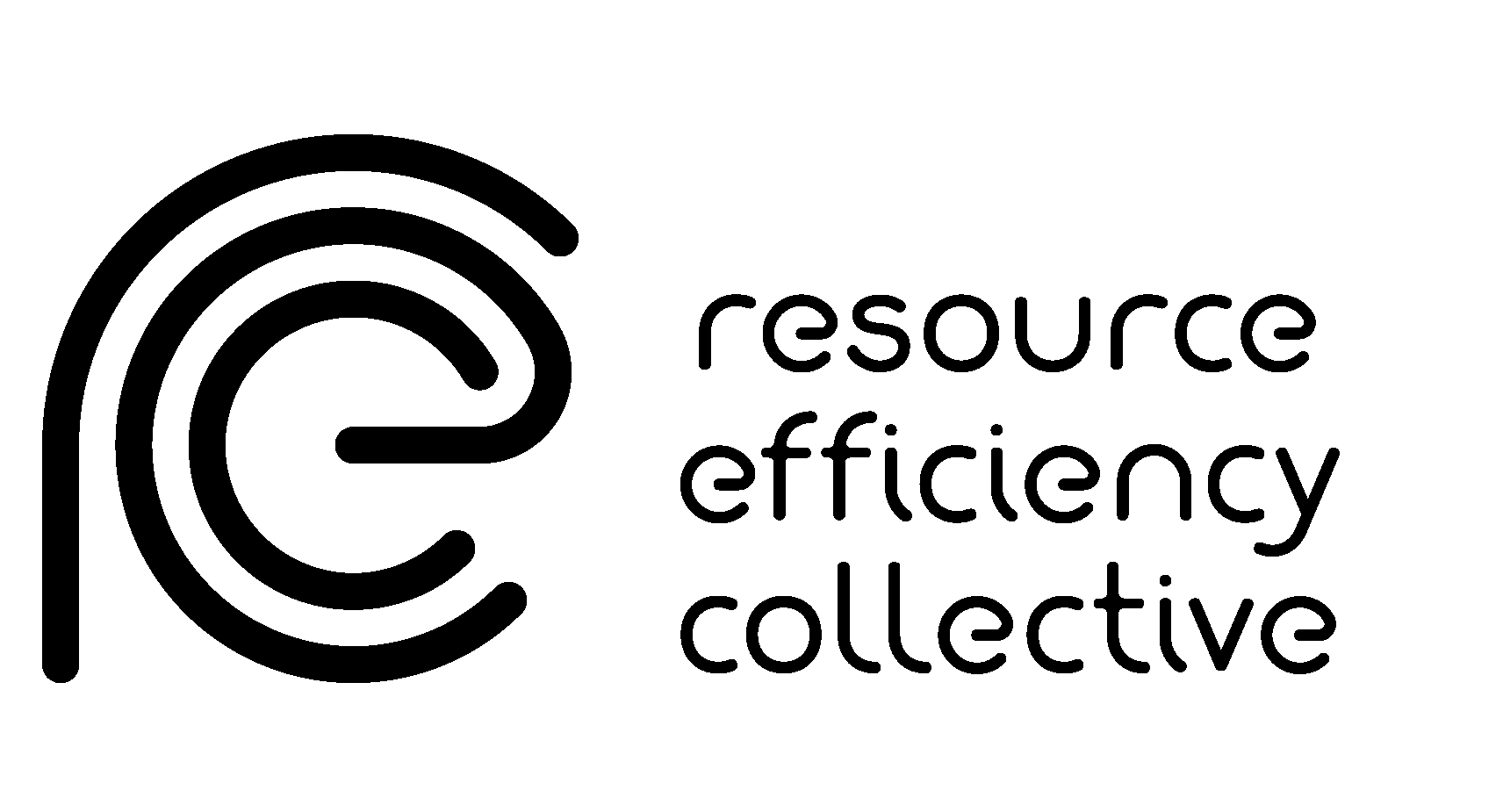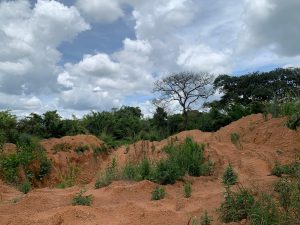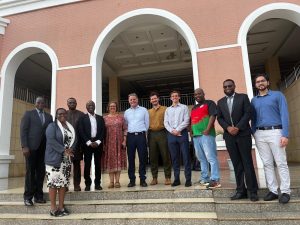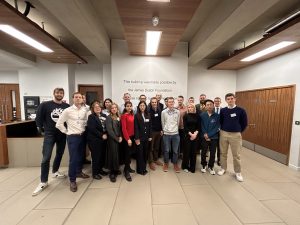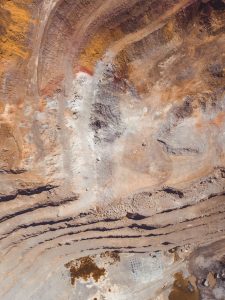A Spatiotemporal Environmental Sustainability Assessment Model for Deep and Large-scale Open-pit Copper Mines
With industrialization, economic growth, and increasing demand for minerals, mining raw materials from deep and low-grade deposits is increasing, highlighting the need to evaluate the environmental impacts of these mines. This study aims to provide a comprehensive sustainability assessment (SA) model for deep and large-scale open pit mines (DLSOP). The proposed model evaluates a total of 44 environmental factors in 11 groups. Z-numbers plus Delphi Fuzzy Analytical Hierarchy Process (ZFDAHP) and scenarios, evaluate DLSOP mine conditions with minimal uncertainty. Since the mining impacts spread over time (short-, medium-, and long-term) and space (local, regional, national, and global), the spatiotemporal scale (ST) of factors is used to calculate the dynamic sustainability score.
This model considers the impact of the mine’s depth and scale on the intensity of the positive and negative environmental impacts of mining and provides a final sustainability score on a scale of 0-10. Verification was done in Sungun Copper Mine (SCM) in northwest Iran to show the effectiveness of the proposed model. Waste, water, and climate change with 23.9%, 16.5%, and 15.6% importance weight, respectively, accounted for the greatest environmental impact in DLSOP mines. The static and dynamic environmental sustainability scores for SCM were 3.110 and 3.200 out of 10, respectively, showing that SCM should pay more attention to its activities towards environmental sustainability. The combined technique of this model increases the reliability and accuracy of previous models in DLSOP mines by considering a wide range of impact factors and taking into account the ST scale of impacts.
Click here to read the full paper by Mehrnoosh Heydari and Morteza Osanloo.
Image: shells1/E+ via Getty Images via S & P Global.
